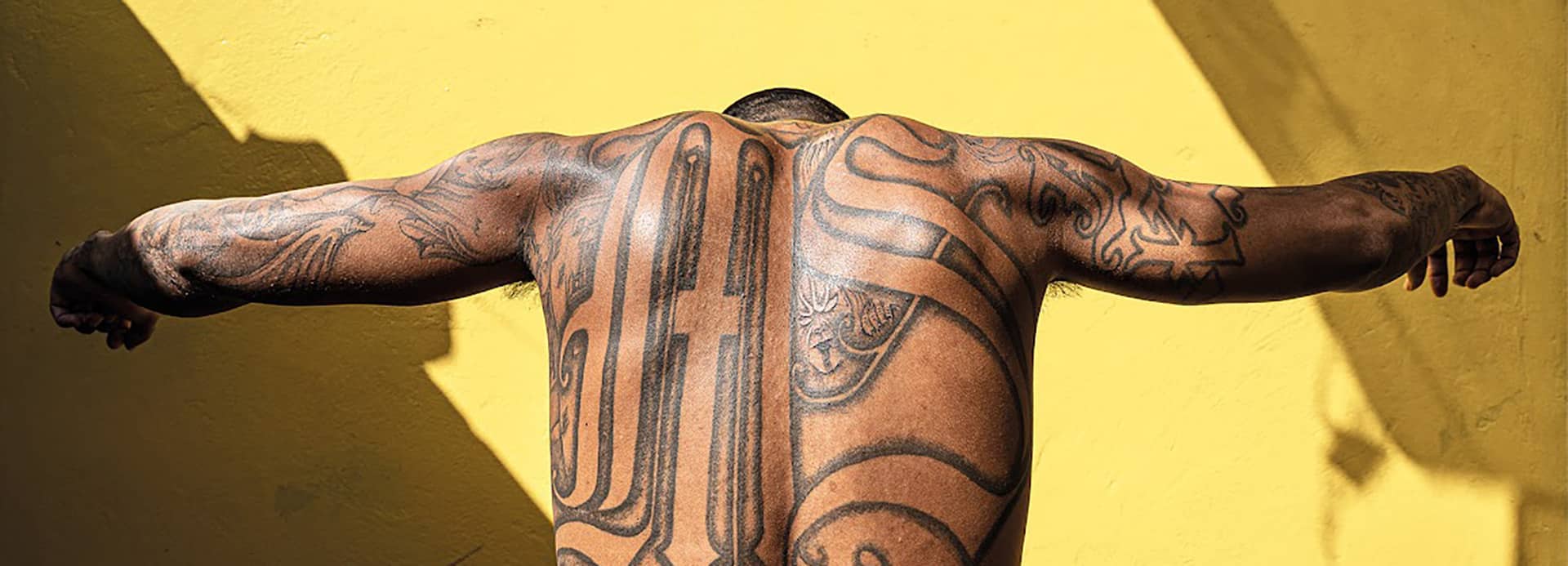In Sin Salida, photographer Tariq Zaidi documents the gang war devastating El Salvador.

You’re getting blind.
Don’t miss the best of visual arts. Subscribe for $9 per month or $108 $90 per year.
Already suscribed ?
Read more: Inside the Cambodian Diaspora in America



